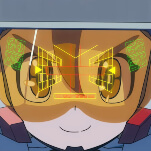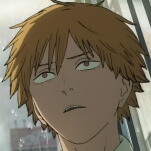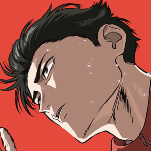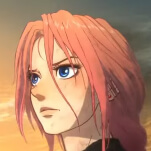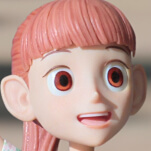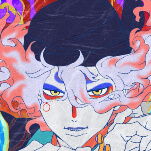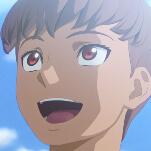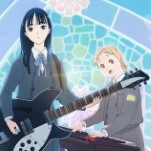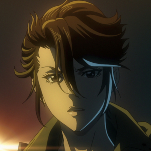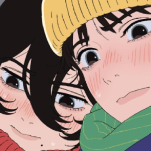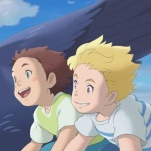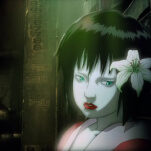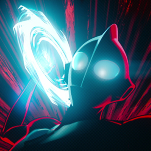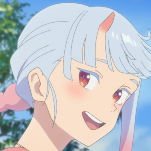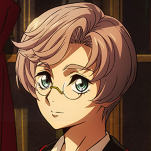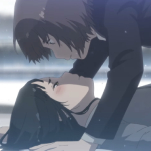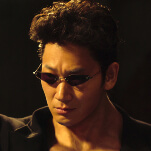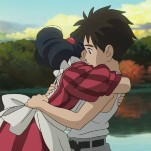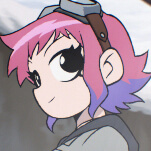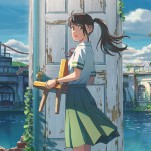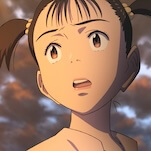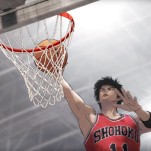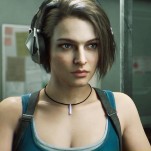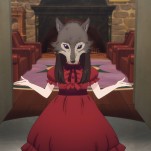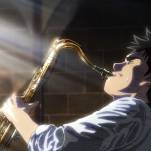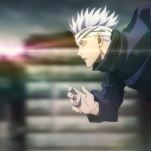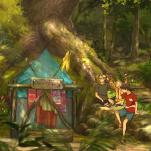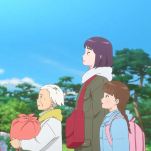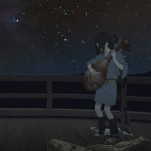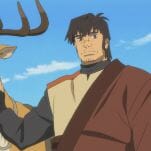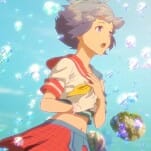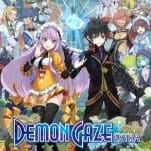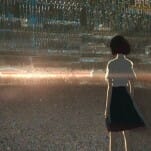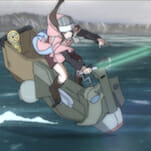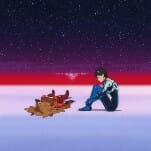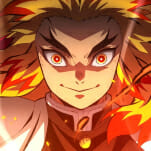Star Wars: Visions Volume 3 Is A Fun Ride But Doesn’t Quite Match Its Predecessors
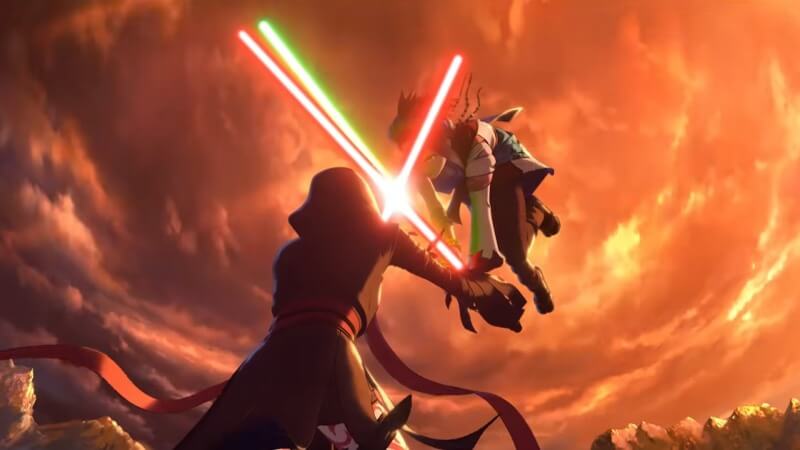
It’s no secret that Disney’s handling of Galaxy Far, Far Away has been turbulent to say the least. The studio’s lack of originality crescendoed with the horrid Star Wars: The Rise of Skywalker, a movie that, at best, felt like reheated leftovers, and at worst, actively undermined anything new and potentially interesting that its predecessor, The Last Jedi, had established.
Thankfully, though, even while Disney has been too afraid to bring the series back to the big screen, there has been plenty to watch: Andor brought things to new heights, Skeleton Crew was generally considered a fun ride, and Star Wars Tales has been quite solid (even though there was a bit of diminishing returns). And of course, there’s Star Wars: Visions, an animated anthology series that has one huge advantage over almost every other modern take on the franchise: it’s largely non-canonical, and thus, can do just about anything.
The original season saw a collection of Japanese anime studios tackling nine episodes, while the second saw animators from all over the world take the reins. Although not every short has been a keeper, the series has produced some of the most imaginative interpretations of the franchise since the wild west old days, when video games and tie-in novels expanded the universe instead of by-committee storytelling. It was a time when “canon” was mutable and everything wasn’t under the tightly controlled supervision of the Mouse.
Now, after a two-year break, Visions is finally back for a third go: anime studios are at the helm once again, many of which are back from the first season. And while that overlap in creative talent can be felt in a batch of episodes that (barring one major exception) isn’t quite as ambitious as the one that came before, the result is a largely consistent lineup that still gives us a much-needed reprieve from the overly familiar faces (and last names) that dominate the series.
At risk of burying the lede, let’s talk about the episode in the bunch that does rank in Visions’ coveted upper echelon: Episode 9, “Black.” Handled by david production (JoJo’s Bizarre Adventure, Undead Unluck) and directed by Shinya Ohira, it’s an explosion of abstract imagery set to a frantic jazz score that entirely defies expectations. Here, two battling stormtroopers meld with a cacophony of violence, transforming and shifting as rough line art gives way to amorphous splashes of color; an eyeball contains the universe before the refracted image in its iris explodes into something else entirely. It’s psychedelic, strange, and only makes any sort of sense in its final moments. At times, it feels like a Star Wars short by someone who’s never seen Star Wars, and I mean that as a compliment.
It’s a good thing that episode was saved for last, because much of the rest of the collection are somewhat familiar, but satisfying riffs on old ideas. “The Bounty Hunters” and “Yuko’s Treasure” are both focused on those living on the fringes of the galaxy, and both do right by this premise. In the former, an ex-member of a crime syndicate takes on bounty work for a shady corporation. While it’s not doing anything entirely extravagant visually, WIT Studio delivers some sharp animation as the story structure tricks us into misreading the protagonist and her motivations.
As for “Yuko’s Treasure,” its visual style has heavy shades of old-school Ghibli, following a pair of kids on an Amblin adventure that involves battling no-good pirates. It hits this tone quite well, buoyed by an adorable munchkin protagonist and some bittersweetness around their departed parents. Also, it features a giant teddy bear robot that eventually does its best Darth Vader impression; good stuff.
-

-

-

-

-

-

-

-

-

-

-

-

-

-

-

-

-

-

-

-

-

-

-

-

-

-

-

-

-

-

-

-

-

-

-

-

-

-

-

-

